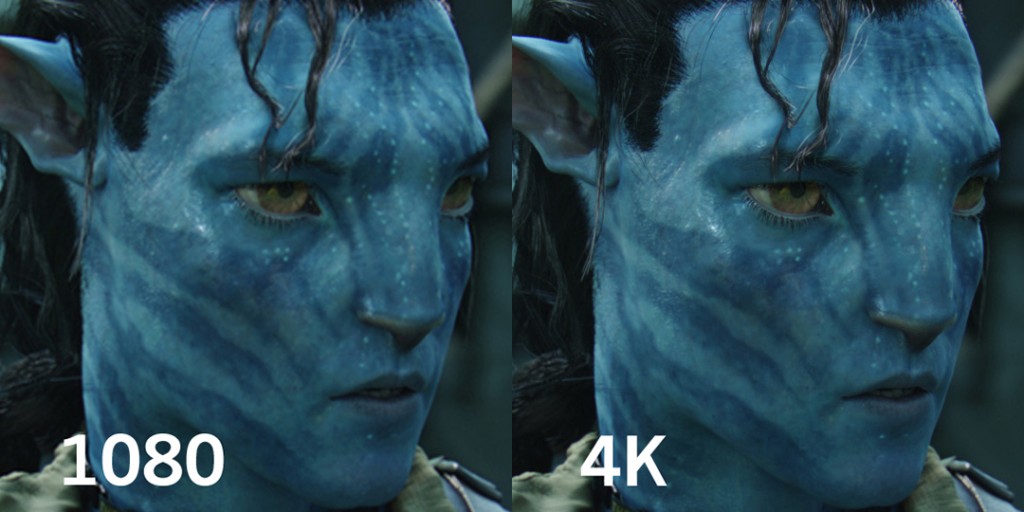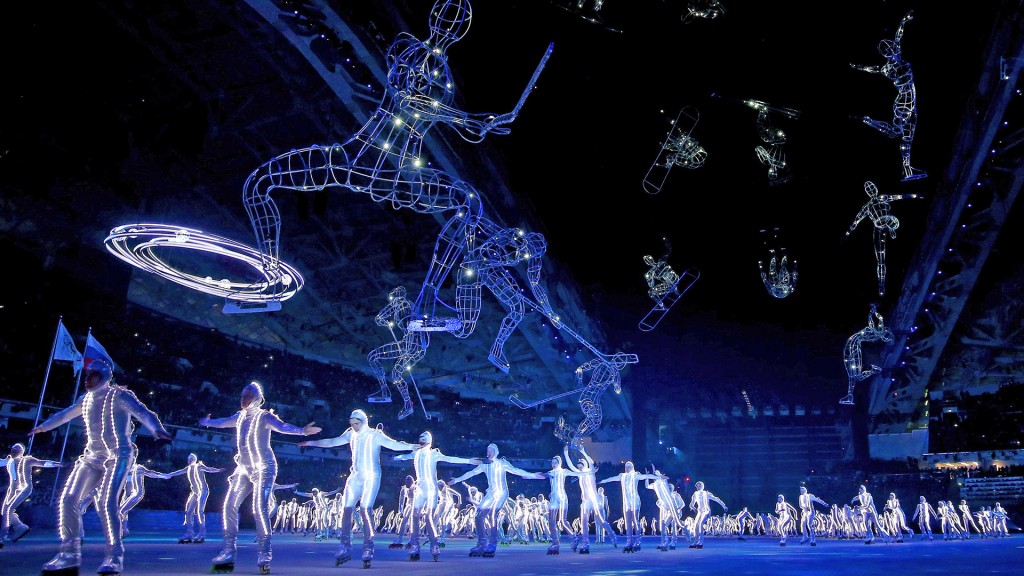What’s the problem? Your shiny new TV may be obsolete one way or another within a couple of years.
UHD supports a wider range of colors than HD does, but the parts required to support this new standard weren’t available for the production of first generation UHDTVs.

Image from HD Guru article by Sakurambo and GrandDrake
The color space used by the HDTV standard is referred to as Recommendation 709 and in addition to supported colors the recommendation also defines frame rates, pixel count, and that it’s 16:9 wide screen. The new UHD color space is Recommendation 2020. The increased color range means less banding and a higher quality color recreation. Although most displays today can’t support the new color space content creators and providers are already preparing for fully standards-capable UHDTVs.
In addition to the new UHD color space, HEVC/H.265 has multiple profiles. Every UHDTV will support the rudimentary Main profile, but content creators are encoding their material using the Main 10 profile, which uses 10-bits over Main’s 8-bits per sample, because this profile produces better quality. The problem with this lies in the fact that most UHDTVs don’t list the profiles that are supported and like early HDTVs support for the full range of specifications is hit or miss. Usually miss.
Netflix recently announced that they’re beginning the transition to HEVC Main 10 for their 4K content and many other large distributors will be quick to follow. Hollywood as well is eager for the move to Rec. 2020 and HEVC Main 10 and are already processing their films as such. The push to move to UHD is palpable, but not everyone is ready.
So, if you choose to pick up a UHDTV soon, make sure it specifically has Main 10 profile support or if you don’t mind adding an external decoder in the future HDMI 2.0 support…unless you find a price you just can’t say no to.






